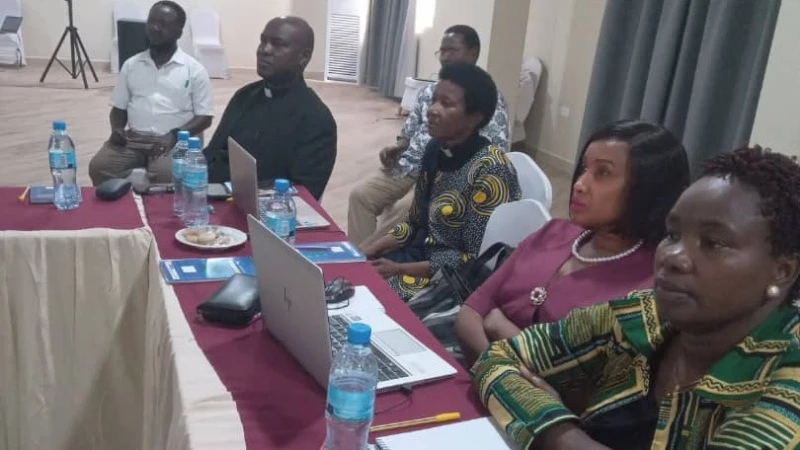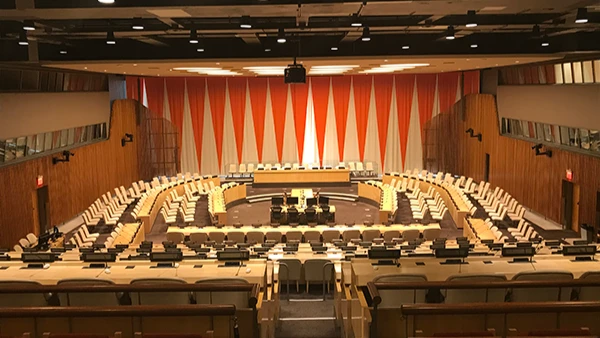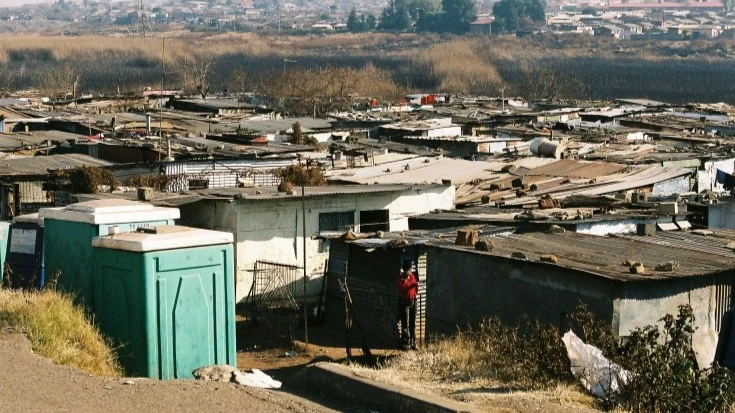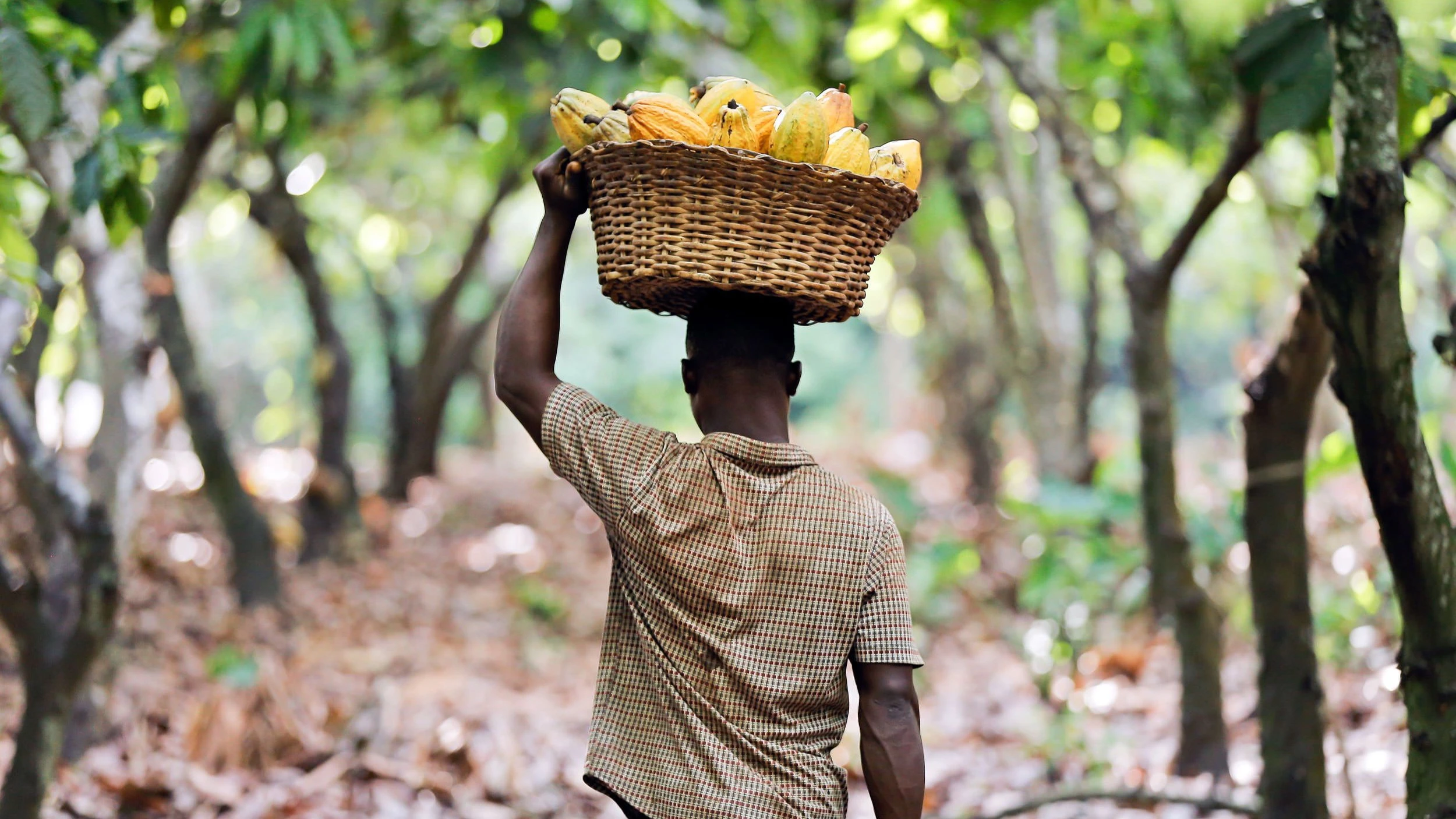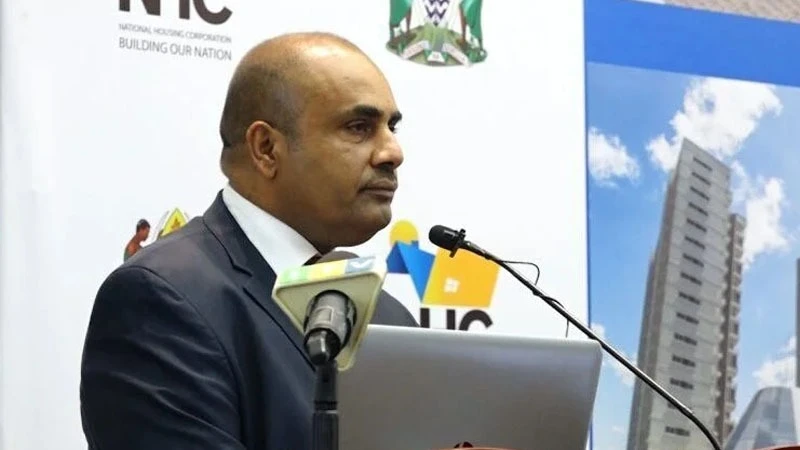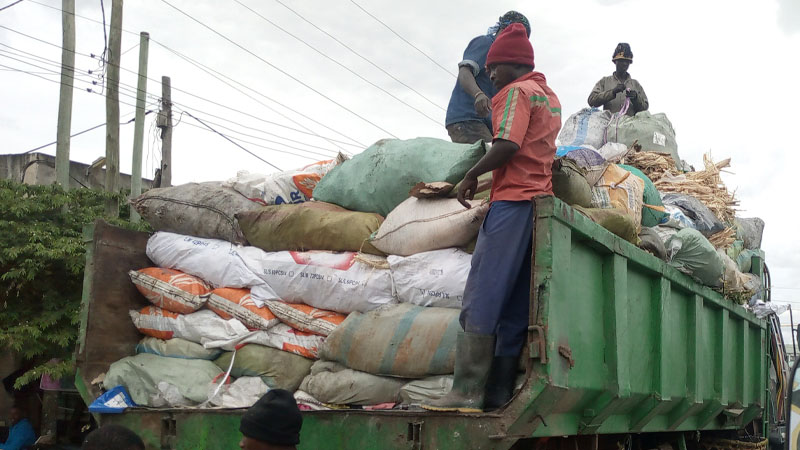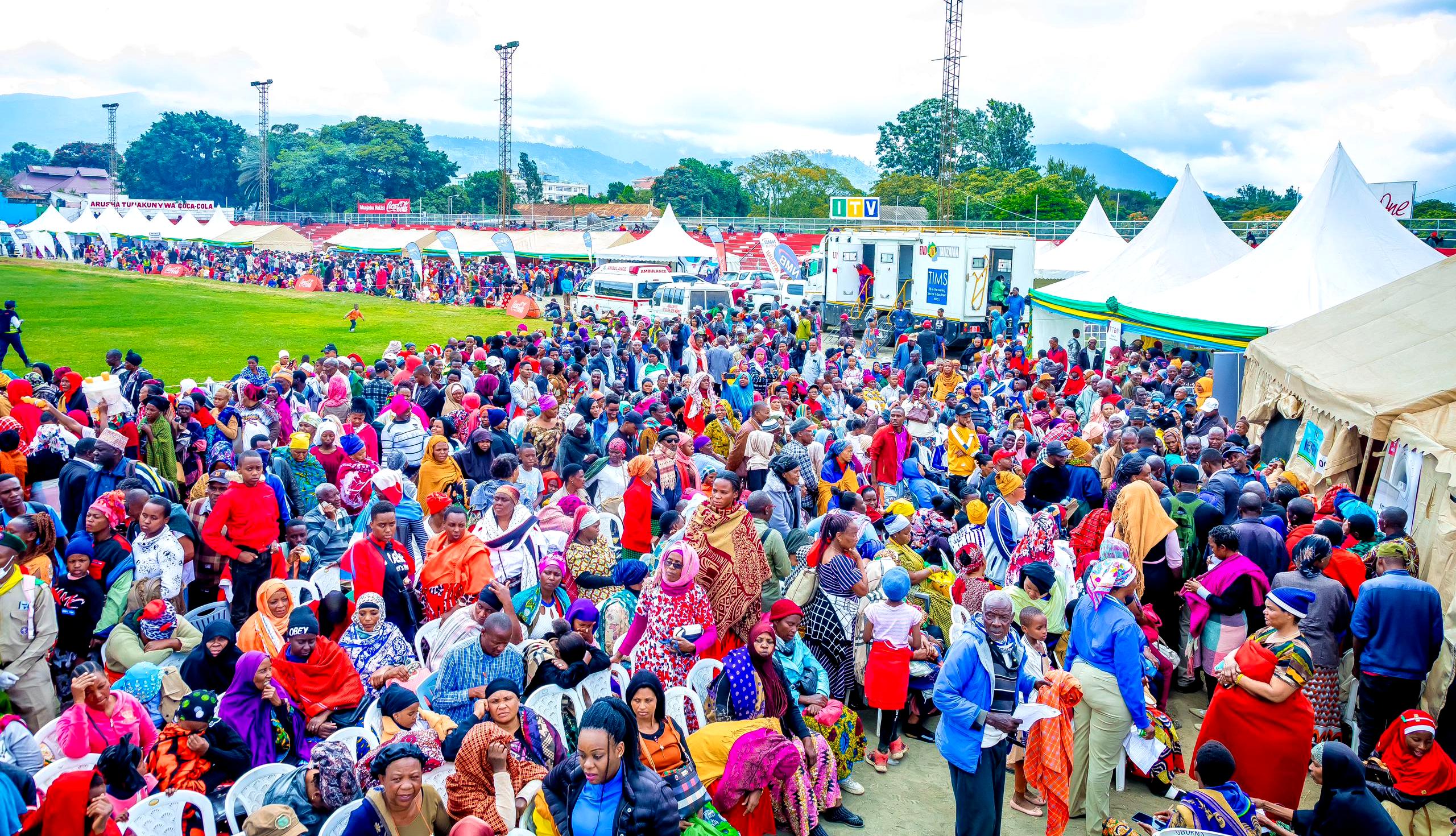S.Sudan says its 6m antelope make up world’s largest land mammal migration, but poaching on rise
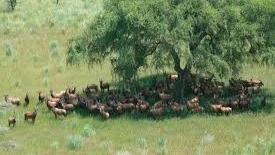
SEEN from the air, they ripple across the landscape — a river of antelope racing across the vast grasslands of South Sudan in what conservationists say is the world's largest land mammal migration.
The country's first comprehensive aerial wildlife survey, released Tuesday June 25, found about six million antelope.
The survey was conducted over a two-week period last year in two national parks and nearby areas.
It relied on spotters in airplanes, analysis of nearly 60,000 photos and tracking of more than a hundred collared animals over about 46,000 square miles (120,000 square kilometers).
The estimate from non-profit African Parks, which conducted the work along with the South Sudan government, far surpasses figures for other large migratory herds, such as the estimated 1.36 million wildebeests surveyed last year in the Serengeti region straddling Tanzania and Kenya.
But they warn the animals face a rising threat from commercial poaching, in a nation rife with weapons and without strong law enforcement.
"South Sudan is the largest, large mammal migration in the world, at this stage," says Larry McGillewie, a pilot working for African Parks.
“This is a large migration, which needs to be protected."
The migration stretches from east of the Nile in Badingilo and Boma national parks into neighboring Ethiopia — an area roughly the size of the U.S. state of Georgia.
It includes four main antelope, the white-eared kob — of which there are some 5 million — the tiang, the Mongalla gazelle and bohor reedbuck.
The survey says some animals have increased since a more limited one in 2010, including the white-eared kob.
But it describes a “catastrophic” decline of most non-migratory species in the last 40 years, such as the hippo, elephant and warthog.
Associated Press journalists flying over the stunning migration of thousands of antelope saw few giraffes and no elephants, lions or cheetahs.
Trying to protect the animals over such a vast terrain is challenging.
In recent years, new roads have increased people's access to markets, contributing to poaching.
Years of flooding have meant crop failures that have left some people with little choice but to hunt for food.
African Parks estimates some 30,000 animals were being killed each month between March and May this year.
“We kill the animals because the crops have failed," says Wilson Ubaa, a resident in Lafon County.
"We don’t kill them when the harvest is good."
The government hasn't made a priority of protecting wildlife.
Less than one percent of its current budget is allocated to the wildlife ministry, which said it has few cars to move rangers around to protect animals.
Villagers nestled in and around the parks told The AP they mostly hunted to feed their families or to barter for goods.
A newly paved road between Juba and Bor — the epicenter of the illegal commercial bushmeat trade — has made it easier for trucks to carry large quantities of animals.
Bor sits along the Nile, about 27 miles (45 kilometers) from Badingilo Park. In the dry season, animals coming closer to the town to drink are vulnerable to killing.
Officials at the wildlife ministry in Bor told AP the killing of animals had doubled in the last two years.
Even when those involved in the industry are caught, the consequences can be minor.
A few years ago, when wildlife rangers came to arrest animal seller Lina Garang, she says they let her go, instead telling her to conduct business more discreetly.
Thirty-eight-year-old Garang says her competition has only grown, with 15 new shops opening along her strip to buy and sell animals.
“There is high competition, and there are a lot of meat sellers," she says.
"I don't have anything, my business has broken. How will we feed the children?"
Part of the challenge is that there is no national land management plan, so roads and infrastructure are built without initial discussions about where they are best placed.
The government has also allocated an oil concession to a South African company in the middle of Badingilo that spans nearly 90 percent of the park.
African Parks is trying to square modernizing the country with preserving the wildlife.
The organization has been criticized in the past for not engaging enough with communities and taking an overly militarized approach in some of the nearly two dozen areas it manages in Africa.
The group says its core strategy in South Sudan is focused on community relations and aligning the benefits of wildlife and economic development.
One plan is to create land conservancies that local communities would manage, with input from national authorities.
Meanwhile, African Parks has set up small hubs in several remote villages and is spreading messages of sustainable practices, such as not killing female or baby animals.
"The message now is hunting is not bad, that was the past message that we used, but too much hunting is bad, because it will destroy all the species," says David Liwaya, a Lafon site officer working for African Parks.
"We need to engage them slowly, to understand about the conservation through that approach."
Hopes of tourism around the animals may take a while.
For now, there aren't hotels or roads to host people near the parks, and the only option is high-end trips for what one tour company official called a “high-risk” audience.
There’s fighting between tribes and attacks by gunmen in the area, pilots told AP they’ve been shot at by people while flying overhead.
Locals trying to protect the wildlife say it’s hard to shift people's mentality.
In the remote village of Otallo on the border with Ethiopia, young men have started buying motorbikes.
What had been an all-day trip on foot to cross the border to sell animals now takes just five hours, allowing them to double the number of animals they take and make multiple trips.
One of them, Charo Ochogi, says he'd rather be doing something else, but there are few options, and he's not worried about the animals disappearing.
“Here in this village, I have a motorcycle and my future plan is to transport bushmeat for commercial and other essential business activities," he says.
The migration is already being touted as a point of national pride by a country trying to move beyond its conflict-riddled past.
Billboards of the migration recently went up in the capital of Juba, and the government has aspirations that the animals may someday be a magnet for tourists says Peter Alberto, Undersecretary for the Ministry of Wildlife Conservation and Tourism:
“So, you know, we'll try our best to demonstrate to the whole world that at least we are trying our best to make the wildlife in South Sudan known to the rest of the world."
South Sudan has six national parks and a dozen game reserves covering more than 13% of the terrain
Top Headlines
© 2024 IPPMEDIA.COM. ALL RIGHTS RESERVED



